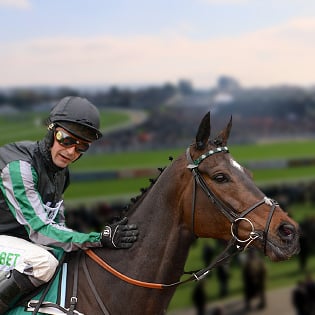
Horse Racing Hospitality
Entertain your valued clients and guests in some of the best hospitality facilities in the UK with our official horse racing hospitality packages.
Eventmasters have a longstanding relationship with some of the most prestigious racecourses in the country. We can provide official horse racing hospitality packages at prestigious meetings such as Royal Ascot, The York Ebor Festival, The Cheltenham National Hunt Festival, Chester May Festival, Glorious Goodwood, The Epsom Derby, The St Leger Festival and The Aintree Grand National.
With exhilarating action on the course, accompanied by fine dining and illustrious guest speakers, you are guaranteed an unforgettable day with our stunning horse racing hospitality packages.
- Display 30 Products per page
-
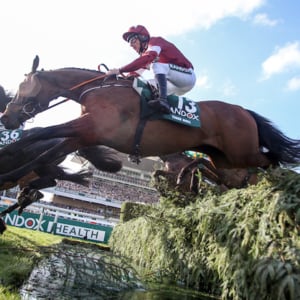
Aintree Racecourse
Home to arguably the World's most famous race, The Randox Health Grand National, Aintree Racecourse has enjoyed a £35 million redevelopment project and boasts fantastic hospitality facilities as well as a brand new Parade Ring, Winners Enclosure and the Aintree Pavilion. Truly a first class experience for horse racing fans old and new alike. -

Ascot Hospitality
Ascot Racecourse is undoubtedly one of the finest racecourses in the World. No matter the meeting, you can expect style and flair both on and off the course, and hospitality of the highest quality. We have a range of official hospitality facilities available, particularly during Royal Ascot, including fantastic course facing options, Ascot restaurants and Ascot private boxes. Treat your important guests and clients to the experience of a lifetime; they won't be disappointed. -
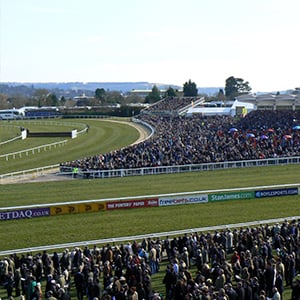
Cheltenham Racecourse
Cheltenham Racecourse is one of the most prestigious courses in the world. Set in the gorgeous Prestbury Park it most notoriously plays host to the Cheltenham Festival in March. Also famous for its 'roar', the atmosphere at Cheltenham is simply electric. Cheltenham Racecourse hospitality facilities are also as you'd expect; superb, with restaurants, private boxes and marquees available. -
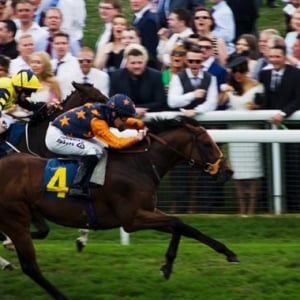
Chester Racecourse
Fashion and racing go hand-in-hand at Chester Racecourse, particularly during the May Festival, one of the most popular fixtures in the horse racing calendar. Acting as the oldest active track in the country, the Chester racecourse hospitality facilities can compete with any in the world, as does the high quality racing. -
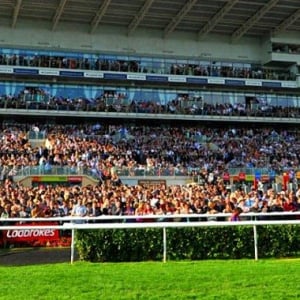
Doncaster Racecourse
Doncaster has a rich history in racing, dating back to the 16th century, and with such a pedigree comes a refined and perfected experience in both hospitality and the horse racing spectacle. It's flagship event, The Ladbrokes Betfred St Leger Festival, attracts crowds of racing enthusiasts from around the Country and beyond, creating an atmosphere unlike any other at Doncaster Racecourse. -
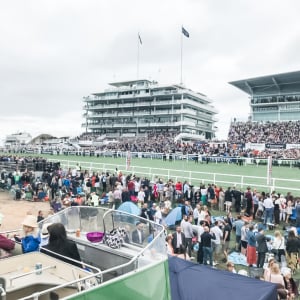
Epsom Derby
Experience the very best Epsom Derby hospitality packages in 2025 with Eventmasters. The Epsom Derby is the world's finest flat race, boasting gorgeous surroundings and an electrifying atmosphere, all of which can be enjoyed from first-class hospitality suites. The Derby at Epsom Downs is a firm favourite among racegoers and will leave your hospitality guests and clients with a long-lasting memory of a fantastic racing experience. -
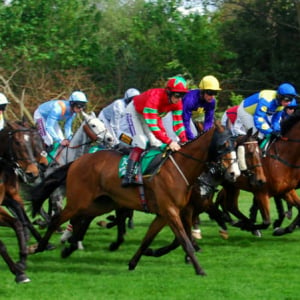
Newbury Racecourse
See some of the country's finest flat and National Hunt Racing with Newbury Racecourse hospitality packages at the iconic Berkshire track. Newbury hosts huge race days throughout the year, including a highlight of the season, the Coral Gold Cup. -
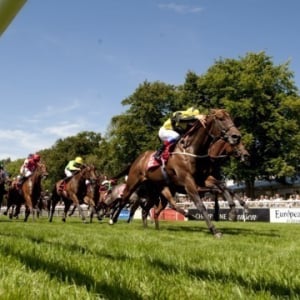
Newmarket Racecourse
Known in Britain as the 'Home of Horse Racing' Newmarket is one of the most iconic and historic racecourses in the world. Throughout the season Newmarket Racecourse hosts some of the biggest races and festivals with crowds flocking to see the action on the Rowley Mile and July Course. The superb hospitality on offer inside the Private Box and Champions Gallery Restaurant is sure to provide you with an unforgettable day. -
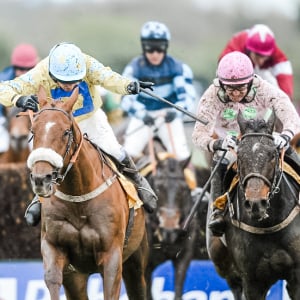
Punchestown Racecourse
The prestigious Punchestown Racecourse hosts Punchestown Festival, often considered the pinnacle of the Irish National Hunt Season. Standing proudly on the beautiful County Kildare, also known as the ‘horse county’, Punchestown is not a festival to be missed by racing fans. -
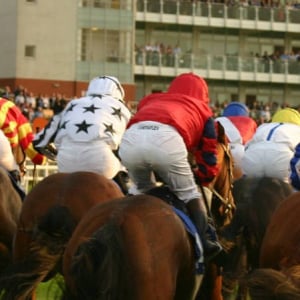
Sandown Racecourse
See some of the finest jumps and flat racing in the world at the famous Sandown Park Racecourse. The Esher venue plays host to races such as the Tingle Creek Chase, and the Jump Finale Day. With a range of superb Sandown Racecourse hospitality facilities available, you are guaranteed an unforgettable day at this historic venue. -
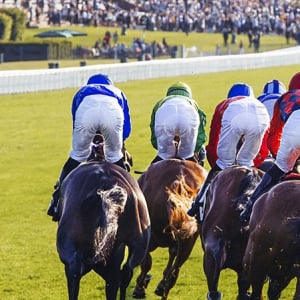
Qatar Goodwood Festival
The Qatar Goodwood Festival (also known as Glorious Goodwood) is one of the finest flat racing events of the British summer, with top-class races spread across five days of superb action, on the picturesque Sussex Downs. Entertain your important clients and guests at this popular meeting with our outstanding hospitality packages. -
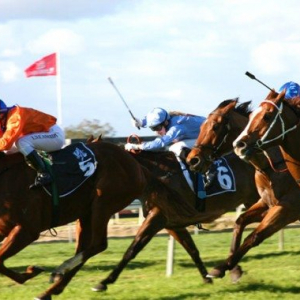
Warwick Racecourse
Warwick Racecourse is one of the oldest in the country with racing being traced back as far as 1694. It hosts National Hunt racing with 17 fixtures throughout the year with one of those being the Eventmasters Christmas Race Day. With a recent redevelopment, Warwick Racecourse hospitality facilities will certainly create a race day experience to remember. -
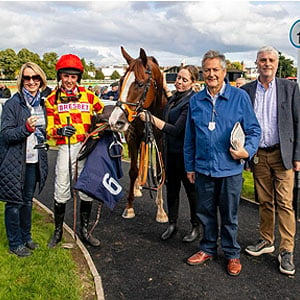
Windsor Racing
Enjoy an evening of summer racing with Eventmasters' sponsored horse racing package. Our Private VIP Suite overlooks the winning line and provides panoramic views of Windsor Racecourse, making it an ideal location for guests to enjoy all of the racing action. -
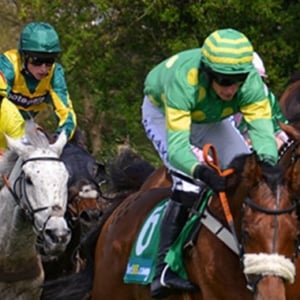
Worcester Racecourse
Worcester is a historic racecourse with races dating back to 1718 and plays host to 21 thrilling National Hunt races each year. In 2025, the racecourse will host our fabulous Eventmasters Sponsored Race Evening, which is sure to be an unforgettable evening for you and your guests this summer. -
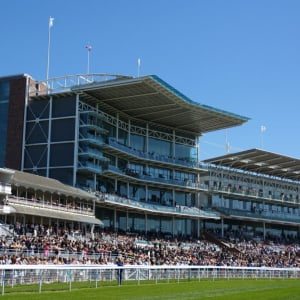
York Racecourse
York is the third biggest racecourse in the country when it comes to total prize money offered and, as such, attracts the very best horses and racegoers, particularly during its flagship meeting; the Yorkshire Ebor Festival. The contemporary hospitality facilities at York are exceptional, with course facing restaurants, private boxes and gorgeous views. -
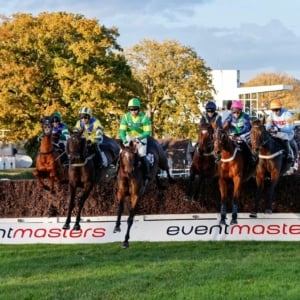
Sponsored Race Events
Raise your company profile whilst enjoying amazing hospitality and thrilling racing at our sponsored horse racing events. Join Eventmasters and entertain your valued clients and guests in first-class hospitality facilities at some of the UK's finest sporting venues including Windsor, Worcester, Kempton Park and Warwick Racecourse.
Official Horse Racing Hospitality Packages for Cheltenham Racecourse, Royal Ascot, York Racecourse, Chester Racecourse and other Racecourses in the UK.
Eventmasters are delighted to provide official horse racing hospitality packages at the biggest meetings in 2025 and 2026, from the thrilling jumps action at the Cheltenham Festival to the pulsating speed of flat racing at Royal Ascot.
After the 2026 Cheltenham Festival, we move on to Aintree for the world’s richest steeplechase, the 2026 Randox Health Grand National. Truly a sight to behold, this fabulous race meeting is sure to grab the attention of every avid horse racing enthusiast. Silks Restaurant and the Tiger Roll Suite provide guests with excellent views of this historic course for one of the biggest horse racing hospitality calendar events.
Other horse racing hospitality packages for the jumps season include the prestigious Gold Cup Day at Newbury Racecourse and the Bet365 Jump Finale Day at Sandown Park.
In the summer months, we move to the exhilarating action of the flat racing season. The season starts with the fabulous Chester May Festival, one of the most popular fixtures of the year. Our Premier Course Facing Festival Pavilion is the best horse racing hospitality facility available at the famous course and provides guests with brilliant views of the final furlong.
In between Chester and Royal Ascot is probably the most famous race in the world. The Epsom Derby – where the legends of flat racing are made. The unique course offers the ultimate test of the best colts in the world, and you can be there in VIP style with the superb range of horse racing hospitality packages.
Then comes the most stylish and prestigious meeting of the year Royal Ascot, where Eventmasters can provide you with official horse racing hospitality. The fabulous Ascot Pavilion combines the rich heritage of the Royal Meeting with fabulous sweeping views across the Plaza towards the Parade Ring, an idyllic setting from which to enjoy the delights of Royal Ascot. With its delightful menu and location, this facility is undoubted of exceptional value. We also offer horse racing hospitality packages from within the exquisite Lawn Club, Carriages Restaurant and Village Chalets.
Another major highlight of the summer flat racing season is the Glorious Goodwood Festival. The iconic Sussex racecourse welcomes some of the world’s finest horses and trainers for five spectacular days of action, with outstanding horse racing hospitality available inside The Final Furlong, The Secret Garden and The Charlton Hunt Restaurant.
The York Ebor Festival is one of the final big meetings of the flat season and features Europe’s richest handicap race, the Ebor. The Dante Suite is the premier horse racing hospitality facility on the racecourse and includes a private seated balcony.
Our horse racing hospitality packages are also available at Doncaster for the oldest classic race in the world, the St Leger Festival, which will be returning in September 2025. The world’s most famous flat race – The Epsom Derby; is one of the biggest events in the world of sport. While we can also offer horse racing hospitality packages at Warwick, where Eventmasters hold sponsored race day.
Eventmasters are delighted to offer the finest horse racing hospitality at the highlight of the National Hunt Racing season, the 2026 Cheltenham Festival. The biggest meeting in jumps racing features some of the sports’ most iconic races, such as The Cheltenham Gold Cup, Champion Hurdle and Queen Mother Champion Chase.
The outstanding Silks facility offers some of the best horse racing hospitality at any racecourse in the country, with stunning views of the iconic racecourse located directly opposite the final hurdle inside the official hospitality village. This is the best way to experience the Cheltenham Festival and is a must for any horse racing fan.
Register for our Horse Racing Hospitality – Priority Alerts:
Complete this form to register your interest:
If you are interested in any of our hospitality packages, our event specialists are ready to help you make your day memorable. Complete this contact form and we will be in contact shortly.
